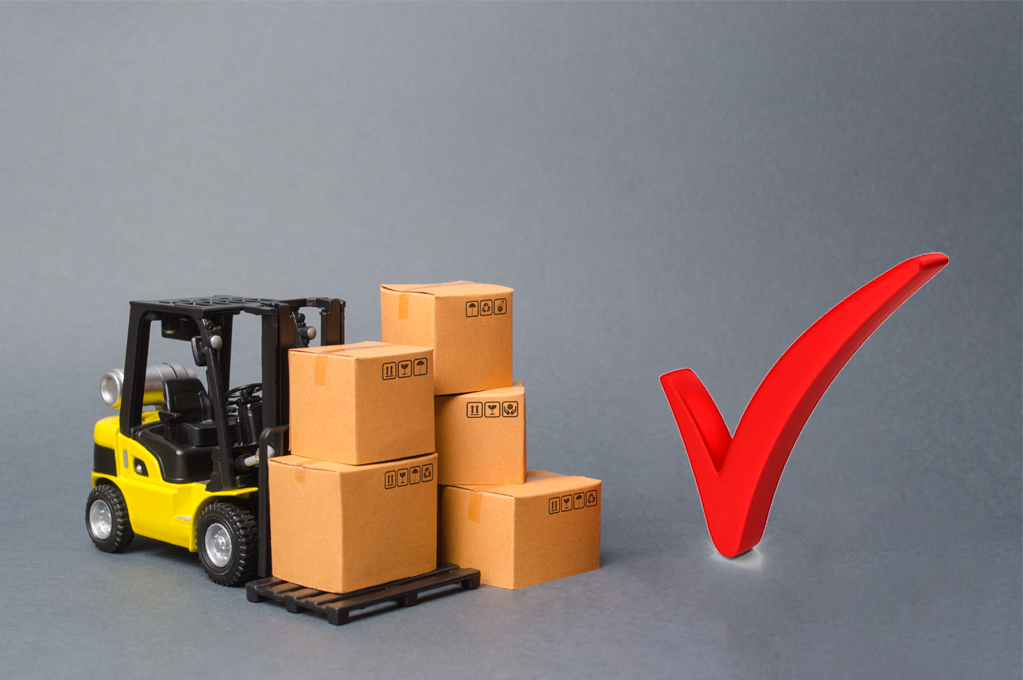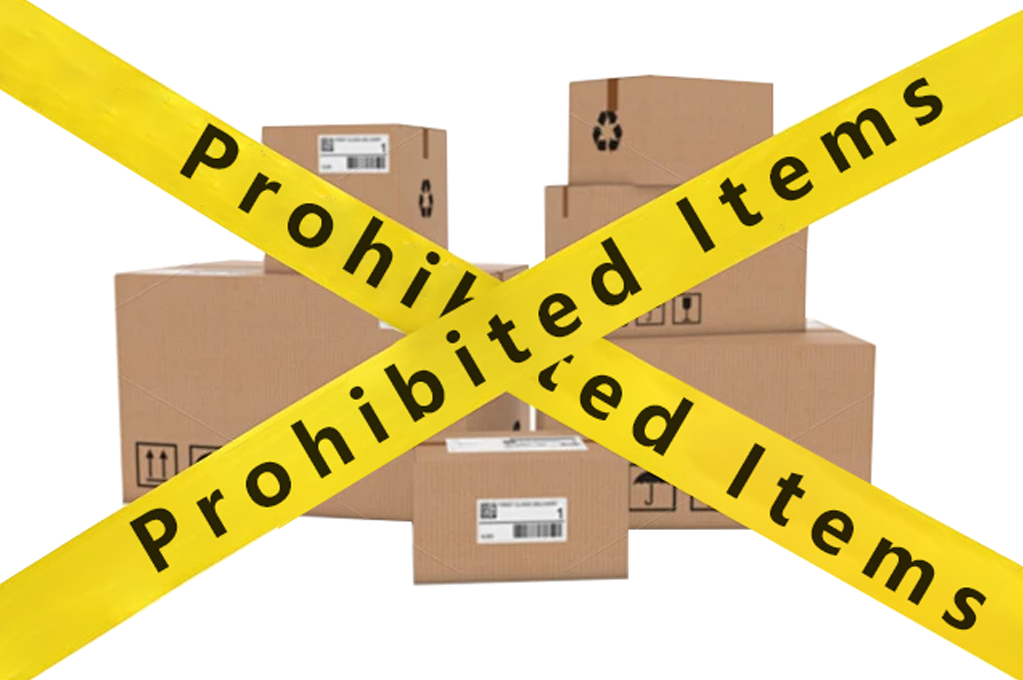Overview of Commodity Classification in Logistics
In the dynamic world of logistics and supply chain management, the efficient movement of goods is paramount. Commodity classification plays a critical role in this process by categorizing goods into different classes based on various criteria. This classification helps streamline operations, ensure regulatory compliance, and optimize the overall logistics process.This article aims to introduce everyone to the Commodity classification in logistics.
The Basics of Commodity Classification
Defining of Commodity Classification
Commodity classification involves organizing and grouping products based on their nature, value, and potential risks. This system is used by governments, shipping companies, and businesses to facilitate international trade, customs clearance, and transportation safety.

Importance of Commodity Classification
Proper classification ensures that:
- Goods are transported according to their specific needs, ensuring safe and appropriate handling throughout the journey.
- Regulatory compliance is maintained, avoiding fines and legal issues, ensuring smooth and lawful operations.
- Insurance coverage is appropriate for the risk involved, ensuring adequate protection against potential losses.
- Handling and storage procedures are optimized for safety and efficiency.
Types of Commodity Classification
General Cargo (Ordinary Cargo)
Overview
General cargo, also referred to as ordinary cargo, includes most everyday items that do not fall into specialized categories. These goods are typically safe to transport and do not require special handling,and there are no safety hazards, no electricity, no magnetism, non liquid, non food, non cosmetics. Common items include clothes, shoes, glass, mirrors, small accessories (non precious metals), and household items.
Handling Requirements
- The packaging should ensure that the goods are not damaged during transportation.
- Clear labels, including sender and receiver information, goods description, weight, etc.
- For fragile or sensitive items, additional protective materials are required for packaging.

Sensitive Goods
Overview
Sensitive goods are between general goods and prohibited goods, generally involving goods that are not strictly regulated, and there is a risk of being returned by security checks or seized by customs, such as power banks, Bluetooth earphones, food, drugs, powders, liquids, etc
Handing Requirements
- Confirming whether the goods belong to the sensitive category and the specific sensitive type.
- Understanding whether the goods require special permits or certificates for transportation
- Using appropriate packaging materials to ensure that the goods will not leak or be damaged during transportation
禁止事項
Overviews
Prohibited items refer to items that are prohibited from transportation. Including cigarettes, alcohol, drugs, arms, smuggling, etc
Handing Requirements
- Strictly abide by local and international laws to ensure legal and ethical operations, enhancing trust and compliance in global supply chains.
- Under no circumstances shall it be transported, ensuring strict adherence to safety and legal standards, and preventing unauthorized or risky shipments
- If encountered, promptly report to the relevant authorities to ensure proper handling and compliance with legal requirements.

Counterfeit Goods
Overviews
Counterfeit Goods refers to domestic products that have export registration but no export authorization, generally referring to famous brands or first tier brands or imitation brands, such as common branded clothes, bags, shoes, etc
Handing Requirements
- Detection through rigorous inspection processes ensures the identification of restricted items, maintaining safety and compliance with regulatory standards.
- Immediate seizure and reporting to law enforcement ensures swift action against illegal or restricted items, upholding safety and legal compliance.
- Request customers to provide more documents to prove their legitimacy, such as authorization letters or official purchase vouchers.
Commodity classification is crucial in logistics, ensuring the safe and efficient cross-border transport of goods. Understanding categories such as general cargo, sensitive goods, prohibited items, and counterfeit goods helps logistics professionals manage the complexities of supply chain operations. This knowledge enhances operational efficiency and supports legal and ethical standards. As global trade evolves, knowledge of commodity classification becomes a key area for future developments in logistics and supply chain management.

